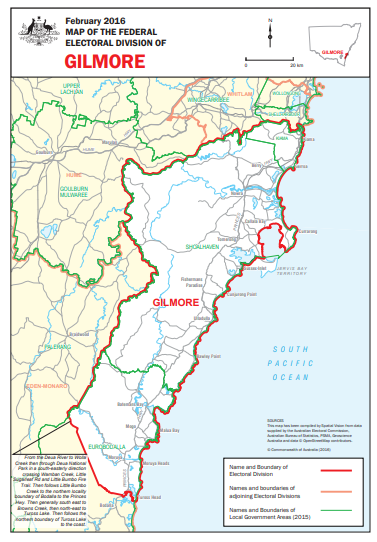|
|
|
|
| Adam Carr's Election Archive
|
Australian federal election, 2022
Division of Gilmore, New South Wales
Named for: Dame Mary Gilmore (1865-1962), poet and author
New South Wales South Coast: Batemans Bay, Berry, Kiama, Nowra, Ulladulla
State seats: All of
South Coast, parts of
Bega and
Kiama
Local government areas: All of
Kiama and
Shoalhaven, parts of
Eurobodalla
Borders with:
Eden-Monaro,
Hume and
Whitlam
Enrolment at 2019 election: 122,536
Enrolment at 2022 election: 127,789 (+04.3)
1999 republic referendum: No 57.5
2018 same-sex marriage survey: Yes 62.0
Sitting member: Fiona Phillips (Labor):
Elected 2019
2007 Liberal majority over Labor: 4.1%
2010 Liberal majority over Labor: 5.3%
2013 Liberal majority over Labor: 2.6%
2016 Liberal majority over Labor: 0.7%
2019 Labor majority over Liberal: 2.6%
National and Liberal two-party vote 1983-2019
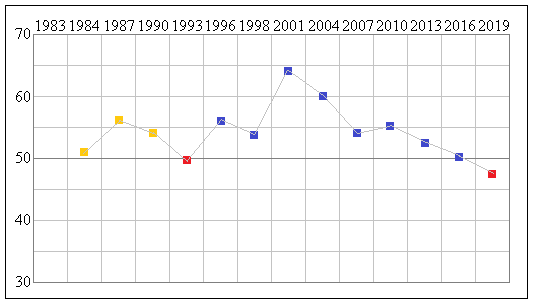
Status: Very marginal Labor
Best Labor booths, two-party vote: Manyana (64.9), Nowra East (63.9), Moruya South (62.6),
Erowal Bay (62.0), Huskisson (61.8)
Best Liberal booths, two-party vote: Nelligen (59.1), Falls Creek (54.7), Berry (52.9),
Geroa (52.9), Cambewarra (52.3)
2019 results
Statistics and history
Candidates in ballot-paper order:
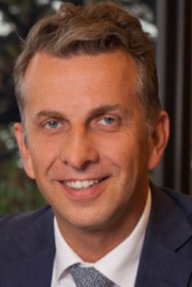 |
 |
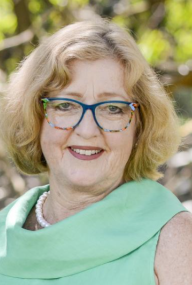 |
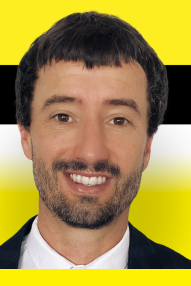 |
1. Andrew Constance
Liberal Party |
2. Nina DiGiglio
Independent |
3. Carmel McCallum
Australian Greens |
4. Dr Jordan Maloney
United Australia Party |
 |
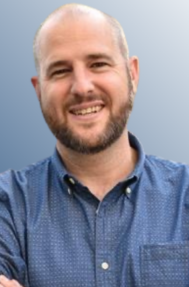 |
 |
5. Jerremy Eid
Pauline Hanson's One Nation |
6. Adrian Fadini
Liberal Democrats |
7. Fiona Phillips
Australian Labor Party |
Candidate websites:
Adrian Fadini
Carmel McCallum
Dr Jordan Maloney
Fiona Phillips
Division of Gilmore
Gilmore was created in 1984, originally as a country seat running inland from the coast to Goulburn. The 1993 redistribution
turned it into a coastal seat based on Nowra and Kiama. On those boundaries it was a marginal seat, which Labor won in 1993,
but it grew safer for the Liberals after 1996. It is now mainly a farming, tourism and retirement seat, with the country's
third-highest proportion of over-65s and low levels of median family income, families with dependent children and dwellings
being purchased.
Joanna Gash, who won Gilmore for the Liberals in 1996, made no impact in Canberra, but was very popular locally and held the
seat without difficulty until she retired in 2013. She then arranged for one of her staffers,
Ann Sudmalis, to gain Liberal
endorsement. This provoked some local opposition, and the result was a 2.7% swing to Labor in a year when the Liberals were
winning government. The 2016 redistribution improved the seat for the Liberals by removing the Labor stronghold of Shellharbour
and adding Batemans Bay and Moruya, which are politically marginal. Despite this, there was a further 3.1% swing to Labor in 2016,
making Gilmore once again a highly marginal seat.
In September 2018 Sudmalis announced that she would not recontest the seat. Local Liberals elected Grant Schultz, a Milton estate
agent and son of former Liberal MHR for
Hume,
Alby Schultz, as the new candidate. But in January 2019 Prime Minister
Malcolm Turnbull
installed
Warren Mundine, a defector from Labor, as the Liberal candidate. Mundine (who was ALP National President in 2006-07),
lived in Sydney and was not a member of the Liberal Party. His imposition on the seat provoked a local backlash, with both Schultz
and the Nationals contesting the seat. The predictable result was the loss of the seat to Labor, one of only two Labor gains at the
2019 election.
Fiona Phillips, Labor MP for Gilmore since 2019, was a tutor at the University of Wollongong's Shoalhaven campus before her
election. Since she owed her election in 2019 mainly to the divisions in the Liberal Party and the unpopuarity of Mundine's
candidacy, she will be very vulnerable if there is any swing to the Coalition in NSW in 2022, and perhaps even if there isn't. The
Liberal candidate is Andrew Constance, state MP for Bega since 2003 and a minister in the NSW Coalition government.
Demographics:
Median weekly household income: $1,038 (Australia $1,438)
People over 65: 26.7% (Australia 15.8%)
Indigenous: 5.0% (Australia 2.8%)
Australian born: 78.8% (Australia 66.7%)
Non-English-speaking households: 5.8% (Australia 22.2%)
Catholics 21.3% (Australia 22.6%)
No religion 29.3% (Australia 29.6%)
University graduates: 14.1% (Australia 22.0%)
Professional and managerial employment: 30.3% (Australia 35.2%)
Employed in manufacturing and construction: 26.0% (Australia 22.9%)
Employed in agriculture: 2.8% (Australia 3.3%)
Paying a mortgage: 26.9% (Australia 34.5%)
Renting: 24.3% (Australia 30.9%)
Traditional families: 23.8% (Australia 32.8%)
Back to main page
| |

